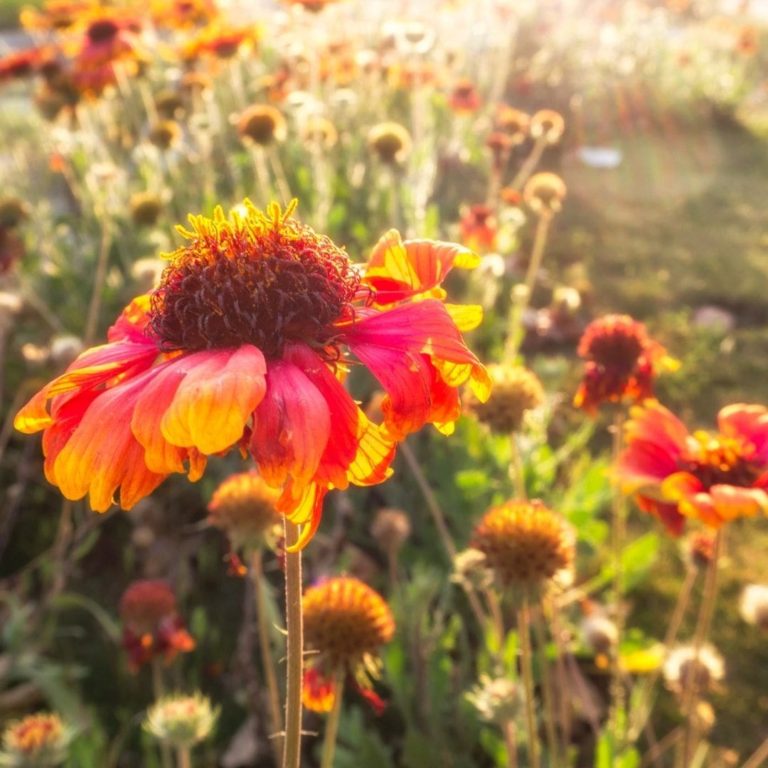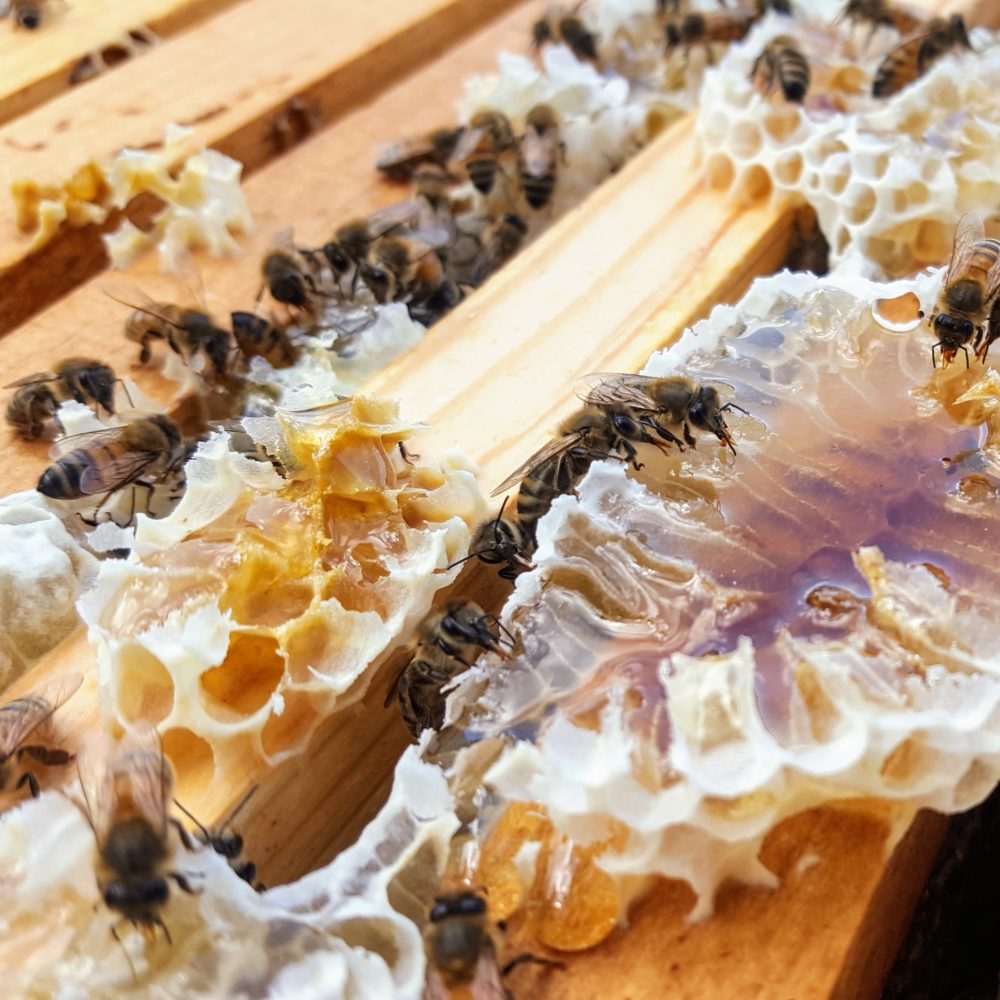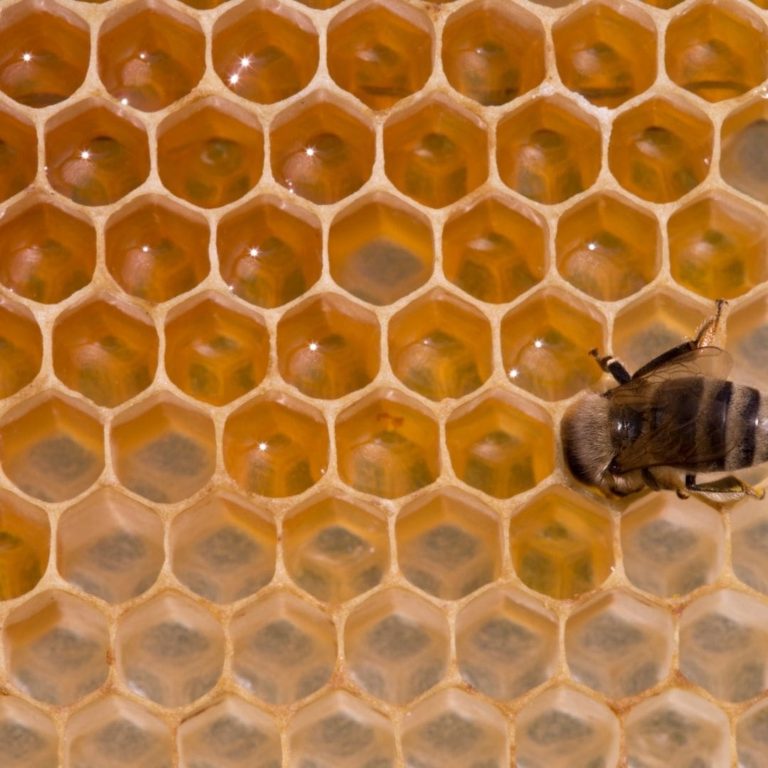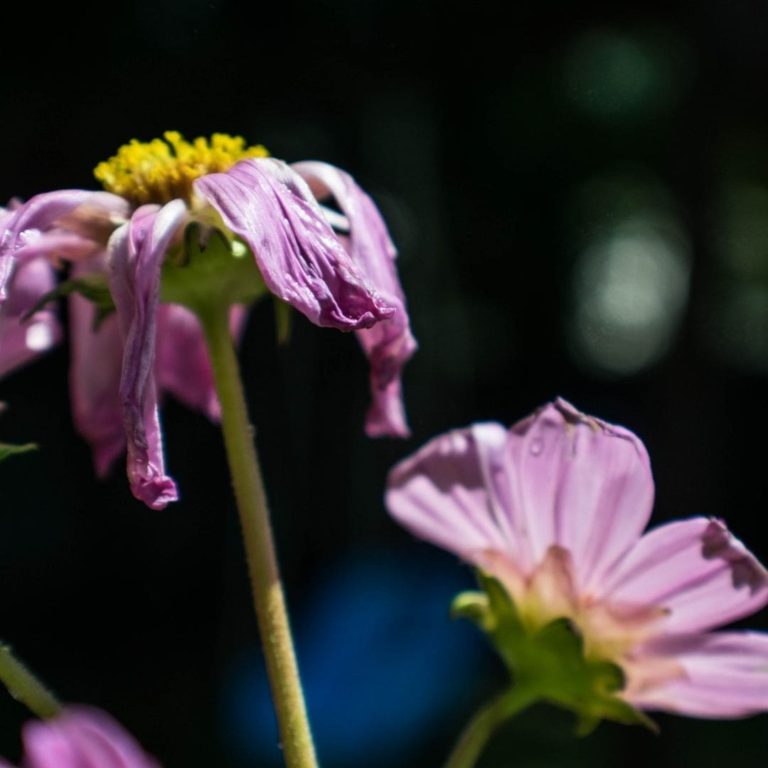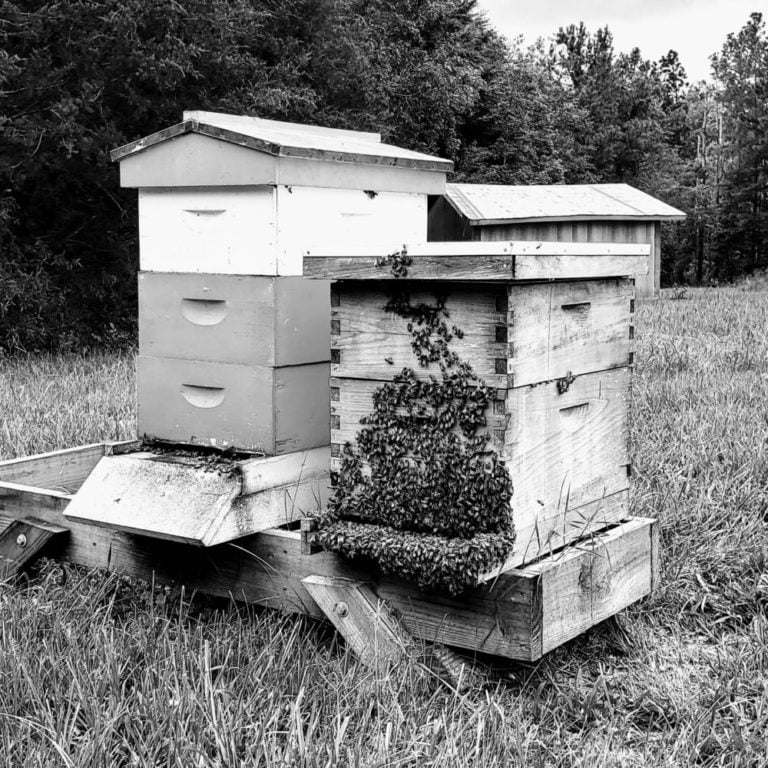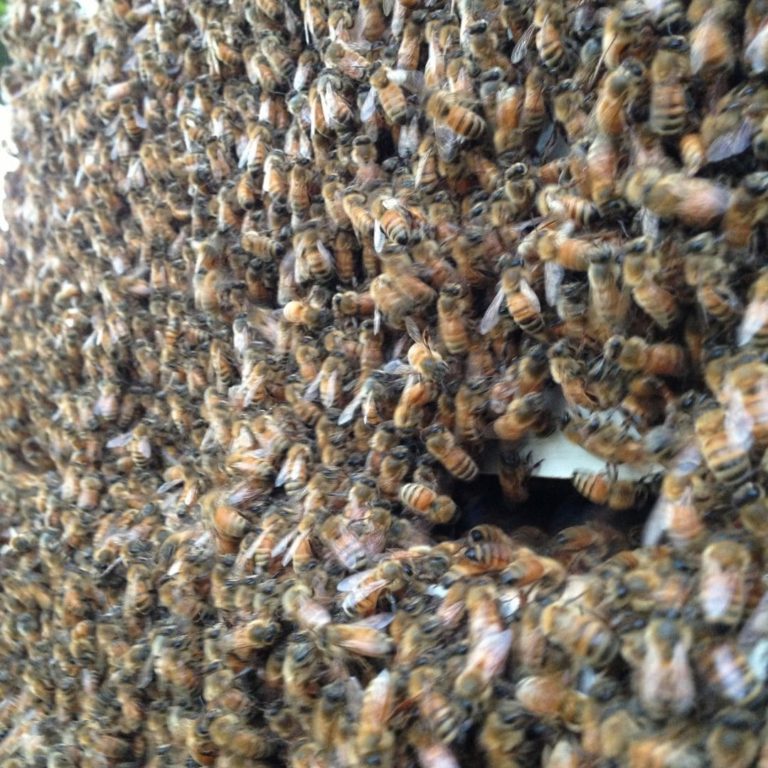Nectar is a sweet liquid secreted by plants that bee colonies use as a food source. Nectar is produced in flowers to attract pollinators and to produce seeds. A nectar dearth or honey dearth occurs when bee colonies can no longer find sufficient amounts of nectar due to natural or artificial factors. This leads beekeepers to feed bee colonies sugar water (also called “syrup”) in order to compensate for the lack of nectar, if necessary.
A honey dearth or nectar dearth is the same thing. Those two terms get used a lot by beekeepers, but they are interchangeable. They are opposite of a honey flow or nectar dearth. Read more about what a nectar flow is.
If you are looking for a nectar flow calendar or a calendar for your bees, they are hard to find for your area. What may be true for your part of the country will be different for a place 100 miles a way. Beekeeping is very local, so the nectar flow pattern changes based on your location.
Just because a nectar dearth is occurring does not mean that the bees will immediately starve if they are not fed. But it should be noted bees are consuming more honey inside their hive than they are collecting from the environment.
A nectar dearth is a very natural occurrence and happens each year to all areas, though at varying times and lengths.
Simply Put: Nectar is a sweet liquid made by plants to attract bees and for seeds. A nectar dearth or honey dearth happens when there is not enough nectar for the bees. The beekeeper feeds the bees syrup to make up for it if necessary.
What Is A Nectar Dearth?
A nectar dearth is a period of time with a naturally low amount of nectar in the environment for bees or other pollinators to forage on. The occur each summer and winter in most areas of the world. The length of the nectar dearth is highly dependent on the weather. The nectar flow happens before and after a nectar dearth.
A nectar flow or nectar dearth is the same as a honey flow or honey dearth.
When Is The Nectar Flow / Dearth In My Area?
The nectar flow, which is the prime honey-producing season for bees typically starts in the early or late spring and peaks just before summer heat starts. As summer heat increases, the nectar flow stops, and the bees will collect less nectar from the environment.
A great way to know when a flow may start or stop is to reference the farmers almanac for last and first freeze dates for your area. The last frost date is usually a week or two after the nectar flow may start. To learn dates for your area, just click this link and enter your zip code.
During the summer, the nectar or honey flow stops and the bees are left to feed on the honey they have already stored away. A milder summer will allow plants to continue to produce more nectar than a very hot, dry summer. Your local nectar flow will vary greatly from other beekeepers’ nectar or honey flow as beekeeping is unique to each area.
As a beekeeper, you want a mild summer with periodic rain-showers to help keep the flowers blooming longer than normal. The nectar flow will start again in the fall when the asters or other types of nectar-producing plants start to bloom.
The beekeeper needs to observe the bee colony and its surroundings in order to determine whether or not a nectar dearth is occurring. A beekeeper should also pay attention to bee behavior in order to determine whether or not their bee colonies are experiencing a nectar dearth.
How To Identify A Nectar Dearth In A Bee Hive
A bee colony that is not collecting nectar will tend to be much more defensive during hive inspections or when simply walking around the beehive. When beekeepers notice this change in bee behavior, it is a sign that the bee colony is under stress from the local of natural forage.
In the summer, it can be easy to assume that bees are happy when they have flowers. But a lack of rain and heat could reduce flower nectar production which could means a summer dearth is inevitable.
A colony that was started months ago as a package or nucleus hive is likely very calm and passive. But during a honey dearth, the general demeanor of a colony of bees will change and are more likely to sting.
Inside the hive, a beekeeper will notice a sudden drop in production of honey. This means the frames where the bees have been drawing comb or storing honey will abruptly stoping making progress.
In addition to observing bee behavior, the beekeeper should observe what type of flowers are blooming in the area compared to what has been blooming in the past few weeks. While flowers are still blooming, they may not be producing any significant amount of nectar for the colony.
You’ll often see honeybees or other bees on flowers they don’t normally visit. This is because bees have their choice of flowers they prefer and when they are not producing nectar, they will visit less desirable flowers.
Why Nectar Matters To Bees
Nectar is a sweet liquid that bee colonies use as a food source. It is secreted by plants and bee colonies rely on it for their main source of energy. Nectar is the main ingredient in honey, which is the bees only food source besides pollen. When bees can’t find sufficient amounts of nectar in the environment, they will start to consume the honey/nectar already store inside the colony.
There is a point for the colony where the colony runs out of nectar or honey stores and can possibly starve. The colony can also resort to robbing the honey from other colonies. This is extremely detrimental to a beekeeping operation as robbing depletes resources from neighboring colonies that need them for survival.
Why A Nectar Dearth Starts
A honey dearth is most often caused by weather, which will affect nectar availability in both managed bee colonies as well as wild bee populations. The dearth is onset by weather that is too hot, too cold, too wet or too dry. When this happens it’s not a fairy tale for bees, they have a tough time. Too much of this weather will start the dearth that can last for days (during a rainy spell) or months during winter.
Exactly when the nectar dearth starts and ends isn’t going to be the same every year. This is when having a hive scale for beekeeping is very helpful and one of the main reasons we use one.
What Happens To Bees During A Nectar Dearth
A nectar dearth will have a negative effect on beekeepers because it can lead to robbers robbing weaker colonies. Bees take their nectar and make honey from it which they use for food during the winter months when flowers are not in bloom and bee colonies have less flying weather to find food in the environment.
If bee colonies do not have an adequate food supply during this time, bee colonies can starve and beekeepers can lose entire bee colonies in a very short period of time. Typically, the stronger the colony, the faster it will eat through it’s resources.
When bee colonies do not have an adequate food source, beekeepers will be forced to feed them sugar water (if needed) so they can survive. This practice is called “feeding”.
Robbing behavior during a honey dearth can deplete the food resources for bee colonies. Beekeepers may lose their entire bee colony to robbing if they have weak or poorly constructed hives with too many openings.
Robbing behavior refers to the act of bees from one colony entering another colony to deplete the honey and steal it by brute force. It’s like looting in the bee world. Bees robbing weaker colonies that can’t protect their entrance will likely significantly damage or kill the weaker colony during the robbing process.

What Happens To Plants During A Nectar Dearth?
It’s really important to make sure that plants get enough water in hot weather, so they don’t dry out and die. This is because the lack of moisture in the air can cause them to wilt and eventually die. Obviously we can’t water the forest, but we can pay attention to the amount of rainfall we get.
When it’s cool outside, the water is drawn up into the plant from the ground, but when it’s hot outside, evaporation causes it to rise upwards into the sky and leaves plants without enough water to survive. This is called transpiration. Transpiration is the process of water moving into a plant from the ground or another source and evaporating (turning into steam).
If transpiration is happening too much, then the water inside the plant starts to run out and if this happens for a long enough time then eventually the plant will die. This is called wilting.
Wilting can be reversed by watering the plants, but if enough water has been lost from the plant then it will die. One of the first activities the plant will stop doing during a dearth is producing nectar.
How Long Is A Nectar Dearth?
The duration of a nectar dearth varies and depends on the area the colony is in. For bee colonies, beekeepers need to know when a nectar dearth will start and finish.
Bee colonies can die if beekeepers do not intervene and feed them sugar water when a nectar dearth occurs. But this isn’t necessary if the colony has enough stored honey or sugar syrup from earlier in the year during the nectar flow.
The seasonal, long-term dearths that beekeepers face are fairly predictable on when they will start and stop. It’s usually the same month each year, plus or minus a few weeks.
It’s the same pattern as planing a garden when you have to monitor the first freeze and last freeze dates. If you look up the freeze dates for your area, that will be a good guide for when you can expect your first nectar flow to start and the last nectar flow to stop.
What Can Beekeepers Do During A Nectar Dearth?
During the nectar or honey dearth, the lack of food in the environment will cause the bees to beard on the front of the hive. Bearding is when you see thousands of bees hanging or sitting on the front of the hive, helping to cool the inside of the hive.
During the dearth, it is common for weaker hives to be invaded by other colonies during an event called robbing. Robbing is when a stronger hive invades and steals from a weaker hive that cannot protects its resources. Robbing can be detrimental to a small or weak colony and can easily kill the colony.
Feeding syrup during a summer dearth can work two ways: it could save your colony from hunger or attract robbers.
To prevent robbing, it is helpful for the beekeeper to reduce the entrance of the colony with a reducer and to also stop feeding bees unless absolutely necessary. There should be enough honey or syrup in the colony from earlier in the year. Internal or top feeders can be used to feed during the dearth if necessary. You can also install robbing screens that can be helpful in preventing robbing.
These types of feeders make it more difficult for robbing colonies to steal the syrup because they have to actually enter the colony to take it. This is compared to entrance feeders which make it easy for robbing colonies to steal.
If you do end up feeding your bees, we recommend you not use Honey-B-Healthy, Pro-Health, essential oils or any other type of syrup additive. These products will attract bees from the area around your colony who will help themselves to the syrup.
One way you can prevent robbing is by reducing entrance size and by not feeding unless absolutely necessary. Feeders like internal or top feeders will also help prevent robbing if it is necessary to feed.
Open feeding is also not a good idea to do during a honey dearth as it will incentive honey bees to start robbing. A colony will start feeding on the community feeders and robbing it of syrup, but once the feeder is empty, the bees will start trying to rob out any hives in the area they can.
Open feeding is when bees are feed bulk syrup in the open from a 5 gallon bucket or similar container. It feeds anything and everything in the area that wants it. It feeds ants, wasps, hornets, other bee colonies and is not the most efficient way to feed.
Finishing Up
A dearth, or lack of nectar in the environment, is a major concern for beekeepers. When there’s not enough food around to sustain bees and their colonies, they’ll start robbing weaker hives that can’t protect themselves from invasion. Beekeepers can try to feed syrup during dearth conditions if necessary, but it could lead them to rob other beehives as well.
Beekeepers should keep an eye out for signs of dearth by watching how many honeybees are coming into the hive and checking whether pollen counts have decreased. If you’re concerned about your colony dying due to dearth, make sure you take precautions like reducing entrance size and avoid feeding unless absolutely necessary. Don’t make a small problem worse by feeding.

